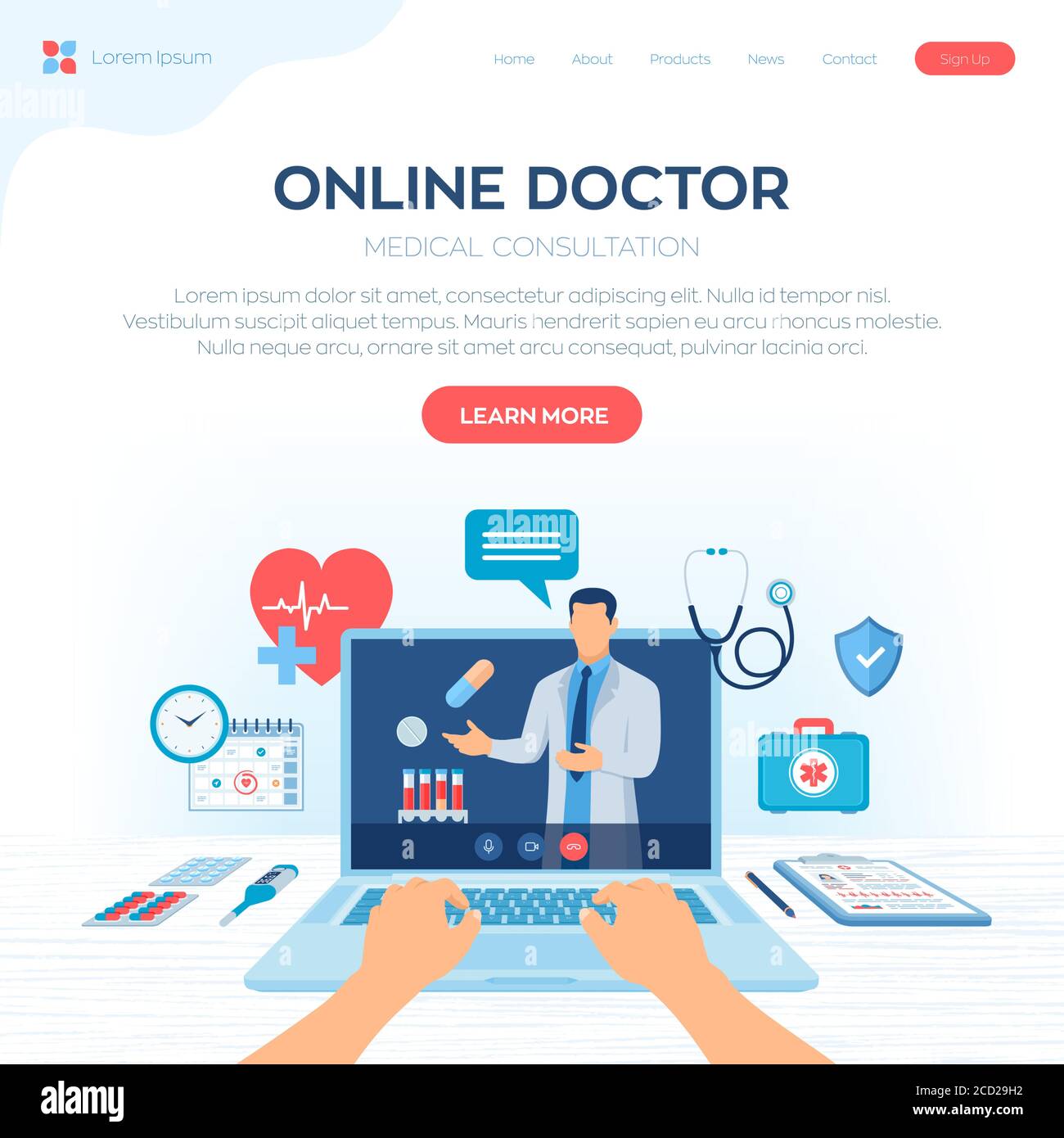Understanding the Cost Savings of Subscription Based Healthcare for Families
Understanding the Cost Savings of Subscription Based Healthcare for Families
Blog Article
Comprehending the Cost-Effectiveness of Subscription-Based Medical Care Models
As the medical care landscape evolves, subscription-based designs arise as an engaging alternative, guaranteeing to redefine just how individuals manage clinical expenditures. Evaluating these designs' cost-effectiveness demands a nuanced comparison with typical insurance policy, taking into consideration both financial effects and patient fulfillment. While they supply transparency and predictability in costs, concerns stay concerning their capacity to meet diverse healthcare requirements, particularly for specialized therapies. The viewpoints of medical care service providers even more complicate this equation, providing a complex obstacle. What does the future hold for these versions, and can they truly deliver on their promise of available, budget friendly treatment?
Introduction of Subscription-Based Designs
Subscription-based health care models, occasionally described as straight medical care or concierge medicine, are significantly getting interest as a possible solution to inadequacies within standard health care systems. These models run on the principle of offering patients straight access to healthcare providers with a regular monthly or yearly charge, bypassing the need for typical insurance coverage mechanisms. This setup aims to simplify patient-provider interactions by lowering administrative worries, which commonly hinder prompt and customized treatment.
At the core of subscription-based models is the emphasis on an extra customized person experience. Clients profit from enhanced accessibility to their medical professionals, typically consisting of same-day or next-day consultations, extended examination times, and straight communication channels such as phone or video clip calls. This design cultivates a proactive method to medical care, where patients and suppliers can collaboratively concentrate on preventative treatment and chronic disease management.

Cost Comparison With Typical Insurance Coverage

One of the main monetary benefits of membership models is transparency in costs. Conversely, typical insurance might be extra helpful for people calling for specialized care or expensive therapies not covered under a membership design, as they profit from the broader protection network and cost-sharing systems.
Nevertheless, cost-effectiveness is context-dependent. While subscription models could offer financial savings for those largely needing health care, individuals with chronic problems or specialized healthcare requirements could locate standard insurance policy more detailed. Evaluating details healthcare needs and potential use is crucial in identifying the most cost-effective option for people.
Influence On Individual Complete Satisfaction
Person contentment within subscription-based medical care models typically mirrors a significant enhancement over traditional insurance systems. Unlike typical systems, Extra resources where people may experience delays in getting care, subscription-based designs ensure more straight and prompt interactions with healthcare carriers.
In addition, the openness in prices related to subscription-based healthcare reduces the typical aggravations related to unanticipated costs and complex payment processes seen in traditional insurance policy (subscription based healthcare). Individuals value understanding the specific economic dedication upfront, bring about enhanced trust and confidence in their healthcare administration
Additionally, the emphasis on preventative treatment and health in subscription designs adds to improved wellness outcomes, additionally enhancing individual complete satisfaction. By concentrating on recurring health care instead of episodic treatment, people experience a more continuous and alternative medical care journey.
Additionally, the improved provider-patient connection fostered in these versions, identified by even more time invested per person and personalized attention, plays a critical function in raising individual satisfaction degrees, as individuals feel really taken care of and recognized.
Supplier Perspectives and Experiences
From the service provider's point of view, subscription-based health care designs provide a transformative strategy to delivering clinical solutions. These designs emphasize a preventative and proactive healthcare approach, permitting service providers to focus on detailed person care without the restraints of traditional fee-for-service setups (subscription based healthcare). This change in focus commonly causes improved individual results and enhanced company fulfillment, as medical care experts can designate even more time and resources to client interaction and individualized care strategies
Additionally, membership models assist in foreseeable revenue streams, which improve monetary security for doctor. This predictability permits improved source preparation and allotment, contributing to an extra effective healthcare distribution system. Suppliers can purchase team facilities, training, and modern technology enhancements, thereby improving the quality of treatment offered.
Nevertheless, the transition to subscription-based designs is not without obstacles. Suppliers must adjust to new operational structures, which can involve considerable adjustments in billing methods and patient administration systems. In addition, there is a fundamental demand for durable data administration to track person outcomes and make sure top quality care. In spite of these difficulties, many suppliers locate that the benefits of enhanced individual communication and streamlined operations exceed the preliminary obstacles, making subscription-based models an attractive choice.
Future Potential Customers and Difficulties
A key difficulty is regulatory conformity, as membership models have to follow developing medical care plans and insurance needs. This requires continuous adjustment and development to make certain positioning with legal criteria. Additionally, incorporating these models right into existing health care frameworks can be complicated, requiring considerable investments in innovation and training.
There is also the prospective risk of producing injustices in health care accessibility, as membership versions might prefer those that can afford them, leaving at risk populations underserved. Resolving this calls for thoughtful consideration of rates strategies and subsidy devices to guarantee inclusivity.
Verdict
Subscription-based medical care versions offer a viable alternative to conventional insurance coverage by using monetary predictability and transparency, especially benefiting individuals with chronic conditions or frequent medical care demands. The cost-effectiveness of these versions is contingent upon specific medical care use patterns and scenarios.
Subscription-based health care designs, in some cases referred to as direct primary treatment or attendant medicine, are progressively gaining attention as a possible remedy to ineffectiveness within standard health care systems. Unlike traditional systems, where patients could experience hold-ups in receiving treatment, subscription-based versions make sure more timely and straight communications with healthcare companies.
These models stress a preventative and positive healthcare method, enabling service providers to concentrate on detailed client treatment without the restrictions of traditional fee-for-service setups. As these models proceed to acquire grip, they use the potential to change client accessibility to care, improve solution shipment, and maximize health care investing.Subscription-based health care versions provide a sensible option to typical insurance coverage by supplying monetary predictability and openness, particularly profiting people with chronic problems or constant healthcare demands.
Report this page